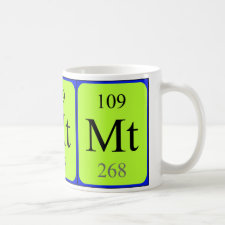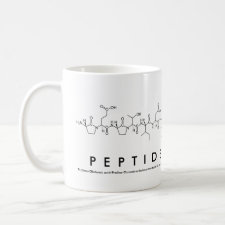
Authors: Haginaka J, Tabo H, Matsunaga H
Article Title: Preparation of molecularly imprinted polymers for organophosphates and their application to the recognition of organophosphorus compounds and phosphopeptides.
Publication date: 2012
Journal: Analytica Chimica Acta
Volume: 748
Page numbers: 1-8.
DOI: 10.1016/j.aca.2012.08.022
Alternative URL: http://www.sciencedirect.com/science/article/pii/S0003267012011920
Abstract: Monodisperse molecularly imprinted polymers (MIPs) for diphenyl phosphate (DPP) and 1-naphthyl phosphate (1-NapP) have been prepared by a multi-step swelling and polymerization method using 4-vinylpyridine as a functional monomer, glycerol dimethacrylate as a crosslinker and cyclohexanol or 1-hexanol as a porogen. The retention and molecular-recognition properties of these MIPs for organophosphorus compounds were evaluated by HPLC using a mixture of phosphate buffer and acetonitrile as an eluent. In addition to shape recognition, hydrogen bonding and hydrophobic interactions could play an important role in the retention and molecular recognition of DPP and 1-NapP. Furthermore, the MIPs were applied to the separation of adenosine and adenosine phosphates (AMP, ADP and ATP). These phosphates were retained on the MIPs according to the number of phosphate groups in the molecule and were well separated from one another. Hydrogen bonding and hydrophobic interactions seemed to affect the retention and recognition of adenosine phosphates in low acetonitrile content, while hydrophilic interactions affected these properties in high acetonitrile content. Finally, the MIPs were applied to the trapping of phosphopeptides. The MIPs non-selectively trapped phosphopeptides, which have phosphorylated tyrosine, serine or threonine in the sequences, and successfully trapped four phosphopeptides in tryptic digests of bovine α-casein
Template and target information: diphenyl phosphate, DPP, 1-naphthyl phosphate, 1-NapP, phosphopeptides
Author keywords: molecularly imprinted polymer, Multi-step swelling and polymerization, Diphenyl phosphate, Organophosphorus compound, Phosphopeptide



Join the Society for Molecular Imprinting

New items RSS feed
Sign-up for e-mail updates:
Choose between receiving an occasional newsletter or more frequent e-mail alerts.
Click here to go to the sign-up page.
Is your name elemental or peptidic? Enter your name and find out by clicking either of the buttons below!
Other products you may like:
 MIPdatabase
MIPdatabase









